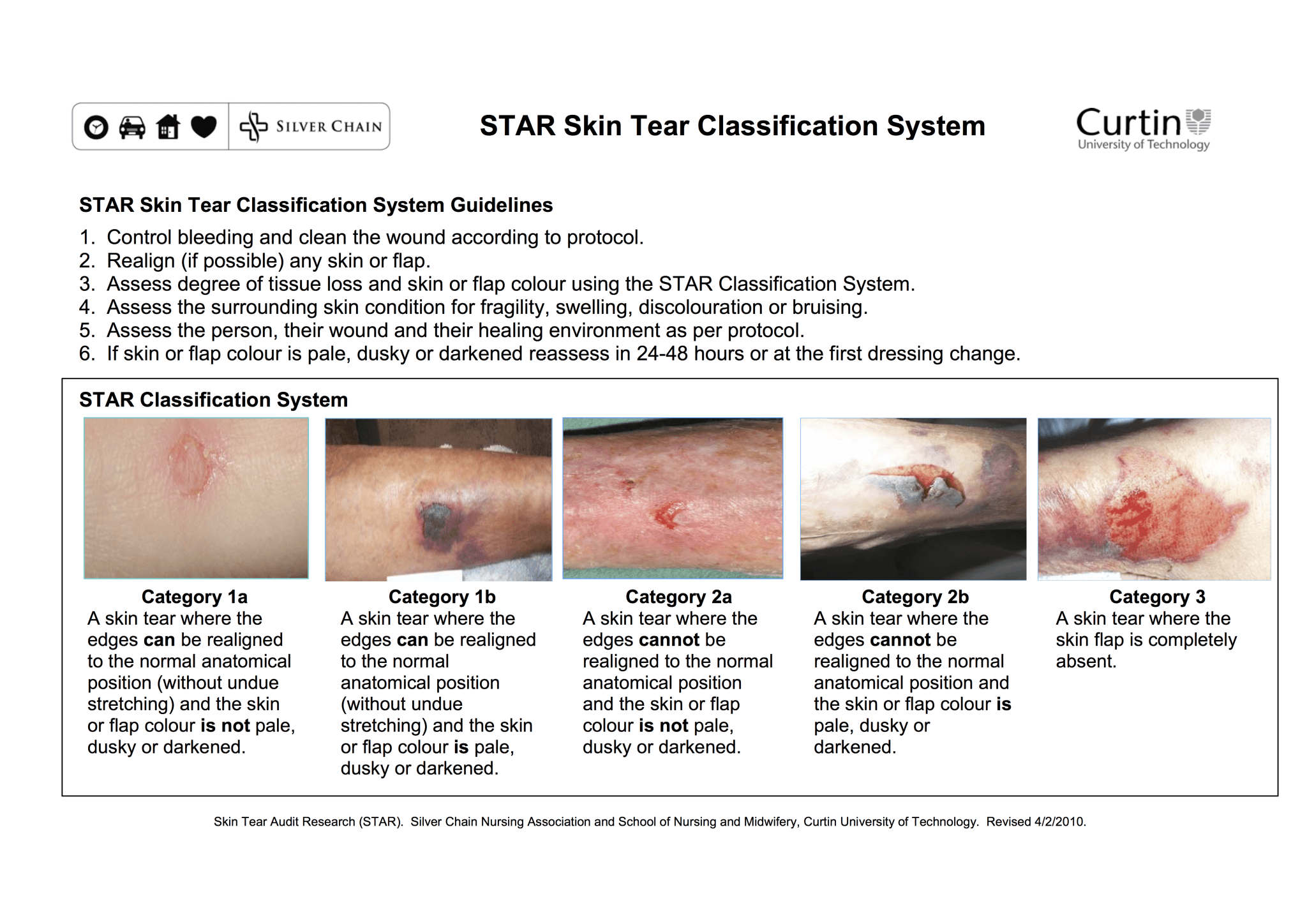A hip labral tear is a common injury that affects the ring of cartilage, known as the labrum, surrounding the socket of the hip joint. This condition can cause significant discomfort and limit mobility, making it crucial to understand its causes, symptoms, diagnosis methods, and treatment options. In this article, we will delve into all aspects of hip labral tears to provide a comprehensive overview.

What Is a Hip Labral Tear?
The hip joint is a ball-and-socket joint where the rounded head of the thigh bone fits into the cup-shaped socket of the pelvis. The labrum is a type of cartilage that lines the rim of the socket, providing stability and cushioning to the joint. When this cartilage is torn, it can lead to pain, stiffness, and other complications. A hip labral tear often occurs due to repetitive movements, trauma, or structural abnormalities within the hip joint.
Common Causes of Hip Labral Tears
Several factors can contribute to the development of a hip labral tear. Understanding these causes can help in prevention and early detection.
- Trauma: A sudden injury, such as a fall or car accident, can damage the labrum. High-impact sports like football or hockey also increase the risk of traumatic injuries.
- Repetitive Movements: Activities that involve repeated twisting or pivoting motions, such as ballet, soccer, or golf, can place excessive stress on the hip joint, leading to wear and tear over time.
- Structural Abnormalities: Some individuals are born with hip joints that are shaped differently, such as hip dysplasia or femoroacetabular impingement. These conditions can increase friction within the joint and make the labrum more susceptible to tearing.
- Age and Degeneration: As people age, the labrum can naturally weaken and become more prone to injury. Degenerative changes in the cartilage may also contribute to tears.
Symptoms of a Hip Labral Tear
Identifying the symptoms of a hip labral tear is essential for timely diagnosis and treatment. While some individuals may experience no symptoms at all, others may notice the following signs:
- Pain: Pain is often felt in the groin area but can also radiate to the outer hip, buttocks, or thigh. It may worsen with prolonged standing, walking, or physical activity.
- Stiffness: Individuals may experience reduced range of motion in the hip joint, making it difficult to perform everyday activities like bending or rotating the leg.
- Locking or Clicking Sensation: A clicking or locking sensation in the hip joint may occur during movement, indicating that the torn labrum is interfering with normal joint function.
- Instability: Some people may feel as though their hip is giving way or unstable, which can affect balance and coordination.
How Is a Hip Labral Tear Diagnosed?
Diagnosing a hip labral tear can be challenging because its symptoms often mimic those of other hip conditions. However, healthcare professionals use a combination of physical examinations, imaging tests, and patient history to confirm the diagnosis.
Physical Examination
A doctor will begin by conducting a thorough physical examination. They may assess the range of motion in the hip joint, check for areas of tenderness, and evaluate any clicking or locking sensations during movement. Specific maneuvers, such as the FABER test (Flexion, ABduction, and External Rotation), may be performed to identify potential issues with the hip joint.
Imaging Tests
To confirm the presence of a tear, imaging tests are often necessary. These include:
- Magnetic Resonance Imaging: Magnetic resonance imaging scans provide detailed images of the soft tissues around the hip joint, including the labrum. This test is particularly useful for identifying tears and assessing their severity.
- X-rays: While X-rays cannot show soft tissue damage, they can help rule out other conditions, such as fractures or arthritis, that may cause similar symptoms.
- Computed Tomography Arthrography: This specialized imaging technique involves injecting a contrast dye into the joint before performing a CT scan. It provides a clearer view of the labrum and helps detect small tears.
Patient History
Understanding the patient’s medical history and lifestyle is also critical in diagnosing a hip labral tear. The doctor may ask about previous injuries, participation in sports or physically demanding activities, and any family history of hip problems.
Treatment Options for Hip Labral Tears
The treatment approach for a hip labral tear depends on the severity of the injury, the patient’s symptoms, and their overall health. Both non-surgical and surgical options are available, and the choice largely depends on individual circumstances.
Non-Surgical Treatments
For mild to moderate cases, conservative treatments are often recommended as the first line of defense. These methods aim to relieve pain, improve mobility, and strengthen the muscles around the hip joint.
- Rest and Activity Modification: Avoiding activities that exacerbate symptoms can give the hip joint time to heal. Patients may need to modify their exercise routines or take breaks from high-impact sports.
- Physical Therapy: A tailored physical therapy program can help restore strength, flexibility, and stability to the hip joint. Exercises often focus on strengthening the core and gluteal muscles, which support the hip.
- Medications: Over-the-counter pain relievers, such as ibuprofen or acetaminophen, can help manage pain and inflammation. In some cases, corticosteroid injections may be administered directly into the joint for additional relief.
Surgical Treatments
If non-surgical treatments fail to provide relief or if the tear is severe, surgery may be necessary. Advances in medical technology have made minimally invasive procedures a viable option for many patients.
- Arthroscopic Surgery: This procedure involves inserting a small camera and specialized instruments through tiny incisions to repair or remove the damaged portion of the labrum. Arthroscopy is less invasive than traditional open surgery and typically results in faster recovery times.
- Labral Repair: In cases where the tear is repairable, sutures may be used to reattach the labrum to the socket. This approach aims to preserve the natural structure of the hip joint.
- Labral Debridement: If the tear is too extensive to repair, the surgeon may trim away the damaged tissue to reduce pain and improve joint function.
Post-Surgical Rehabilitation
After surgery, a structured rehabilitation program is essential for optimal recovery. Physical therapy plays a key role in regaining strength, flexibility, and mobility. Patients are usually advised to avoid strenuous activities for several weeks to months, depending on the extent of the surgery.
Preventing Hip Labral Tears
While not all hip labral tears can be prevented, certain measures can reduce the risk of injury:
- Proper Warm-Up: Engaging in a thorough warm-up routine before physical activity can prepare the muscles and joints for movement, reducing the likelihood of strain.
- Strength Training: Strengthening the muscles around the hip joint, particularly the core and glutes, can provide better support and stability.
- Technique Improvement: Ensuring proper form during sports and exercises can minimize unnecessary stress on the hip joint.
- Regular Check-Ups: For individuals with structural abnormalities or a history of hip problems, regular consultations with a healthcare provider can help monitor joint health and address issues early.





